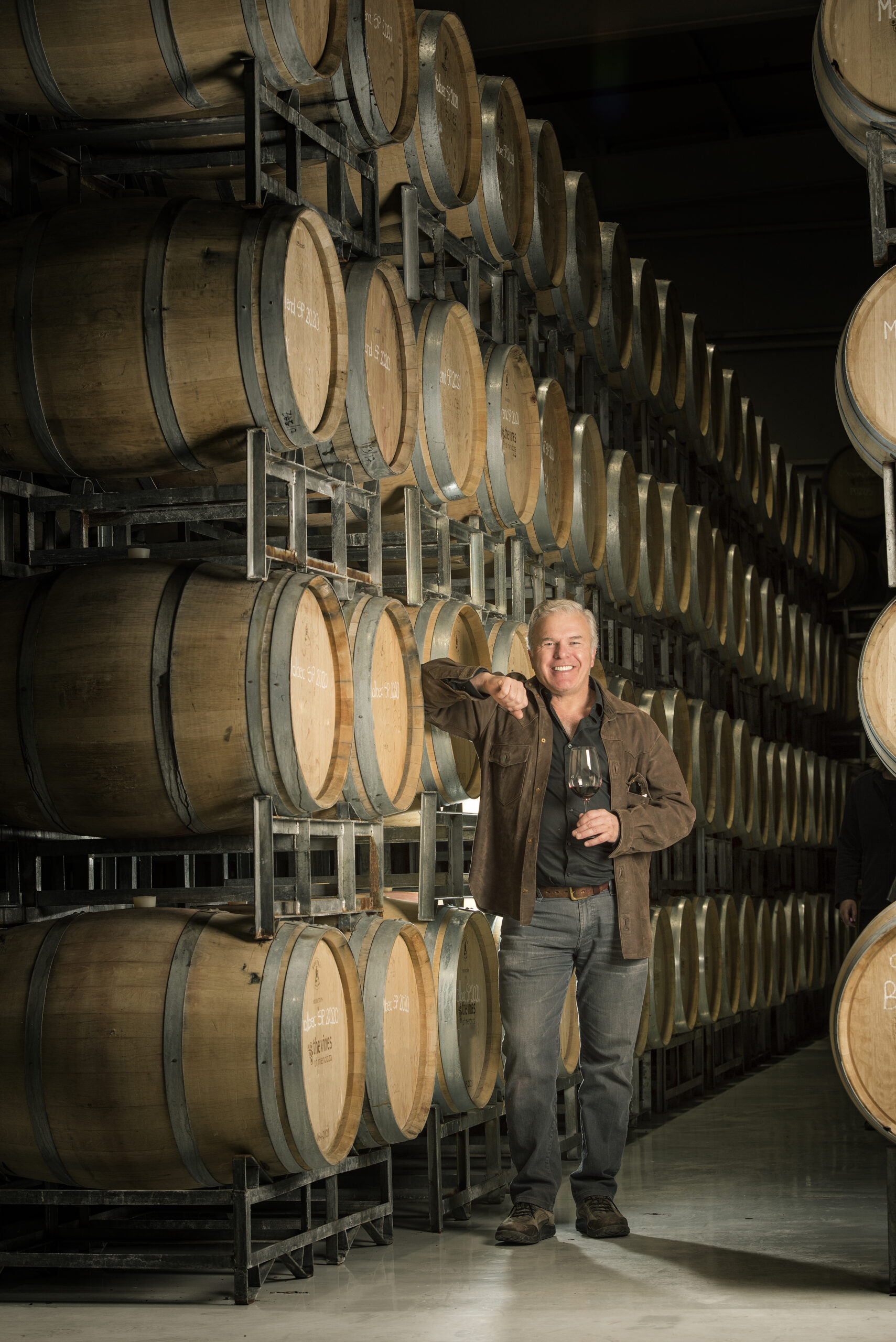Argentina’s wine history dates back over four centuries.
Wineries produced large quantities of rustic, typically oxidized wines intended primarily for local consumption.
In 1980, Nicolas Catena – a visionary vintner – changed all that. He crystalized Malbec’s status as the country’s iconic grape and sparked an industry-wide transformation, elevating Argentina to a position of one of the world’s most modern wine-producing regions.


The harvest season in the Southern Hemisphere typically falls between late February and April. The grapes are meticulously monitored throughout the growing season to ensure they reach the optimal balance of acidity and sugar, tailored to achieve the desired wine style.
Hand-harvesting is a labor-intensive process but typically yields higher-quality results. Skilled vineyard crews carefully select ripe grape clusters while discarding those underripe or damaged, ensuring a superior harvest.
The grapes are then transferred to a sorting table, where they are meticulously examined by hand. Any unripe, diseased, or damaged fruit is carefully removed to ensure only the highest quality grapes are selected.
The final step is crushing, where the grape skins are gently broken to release the juice and pulp while avoiding crushing the stems and seeds that contain tannins.
After the grapes are harvested and crushed, they go through fermentation.
Wine can be fermented in oak barrels or stainless-steel tanks. In barrels, fresh fruit aromas shift to dried fruit as yeasts extract toasted, vanilla-like flavors from the wood. Regardless of the method, alcohol fermentation converts the sugar in the must into ethyl alcohol through natural yeast on the grape skins. Oxygen triggers this process, reducing sugar content and increasing alcohol, transforming the liquid into wine.
After alcoholic fermentation, malolactic fermentation (ML) converts malic acid to lactic acid, reducing acidity and making the wine creamier and rounder. ML, carried out by bacteria (Oenococcus oeni), can also produce diacetyl, giving the wine a buttery flavor. This process enhances aroma smoothness and helps stabilize the wine over time.
Wines can be placed in oak for aging or maturation. Wines age in oak barrels to enhance their length, depth, and complexity, adding flavors like vanilla, tea, and caramel. Oak aging softens wines, enriches their taste, and allows evaporation and oxygen exchange.
The results are influenced by the barrels’ age and storage conditions. Barrels should be kept in cool environments with 75% humidity for optimal aging.
Aging lasts 6 to 21 months for reds and 6 months for whites and rosés. New barrels impart stronger flavors, while seasoned barrels (used) are more neutral. After barrel aging, wines are often bottle-aged for up to 32 months.
Place of origen: Lavalle, Mendoza, Argentina
Residency: Mendoza, Argentina
Studies:
Professional Interests:
Hobbies: Wine, traveling

Place of Origin: Tunuyan Mendoza. Argentina
Residency: Tunuyan, Mendoza. Argentina
Studies:
Professional Interests:
Hobbies: Ski, motocross.

Place of origen: Luis Beltran, Patagonia, Argentina
Residency: Houston, Texas. USA
Studies:
Professional Interests:
Hobbies: Ski, ice climbing, sailing
